
Time to Stretch Out
Associated Collision Center wants you to be safe and aware, this blog contains great info on Implementing a Flex work schedule could help your shop boost productivity and employee morale.
Time to Stretch Out—Implementing a flex work schedule could help your shop boost productivity and employee morale.
The concept of a flex work schedule isn’t new by any stretch of the imagination. Data from the U.S. Department of Labor shows that more than 27% of full-time salaried employees in the country in 1997 had a schedule different than a typical 9 to 5.
As technology has gotten better and as the nation’s workforce has seen a major change in how it prioritizes family and other personal needs, the desire for a flexible schedule is growing.
Kurt Barks, CEO of Complete Auto Body and Repair in St. Louis, Missouri, says even the auto repair industry is starting to see the transition.
“We’ve learned that if you don’t dictate an exact start time and allow them to figure out on their own and do a little time managing, they manage themselves on their own and are a whole lot happier,” he says.
Even though the auto repair industry can’t offer what people might see as a typical flex work schedule—namely working from home—for obvious reasons, giving employees a little more freedom in their work hours could help boost productivity and morale in your shop.
Trust your employees
Barks says he understands that some shop owners might be hesitant to implement a system that allows employees to show up a little later than usual, arrive early and leave early, or otherwise work unusual hours, which could mean they’re working without a supervisor for part of their day.
Having that level of trust is key, though. It makes employees feel respected and trusted to do their job, which in turn provides motivation to do better work.
“It has to be that way. Our culture is built around providing a work environment that they want to come to,” Barks says. “They can feel comfortable not having a boss over their shoulder micromanaging them. We give them enough free reign to be themselves and make decisions, and because of that they take a lot more pride in what they do.”
The most common type of flex work schedule in the auto repair industry is letting employees work a full day at unconventional hours; for example, an employee who has to make sure their kids are dropped off at school will work 8:45 to 5:45 instead of the typical 8 to 5.
Wendy Ott, co-owner of Autobody Concepts in Gainesville, Texas, has also had a flex work schedule in both of her shops for “quite a few years.” She says employees still put in a full week’s work even if they’re coming in a little later or are leaving a little early because they have family business to attend to.
“They’re happier at work because they’re happier at home, and that works out best for everybody,” Ott says. “If that works for them and they’re able to get their work done, we want them to be happy here because we consider them family.”
Plan ahead
Complete Auto Body and Repair has seven locations throughout the St. Louis metro area with nearly 200 employees across the business. Barks says the company implemented a flex work schedule about seven years ago, and in that time, they’ve been able to refine their approach into a successful scheduling system.
“Our technicians and office staff don’t necessarily make their own schedule,” he says, “but we can be as flexible as they need us to be as long as the work gets completed.”
Barks says his seven shops see about 700 cars during any given week. In order to handle that weekly intake, each shop is scheduling out appointments nearly two months in advance. That kind of advanced notice makes it a lot easier to plan out schedules ahead of time and make sure that all the work is covered.
“A lot of it is pre-planning, a lot of communication with the team, knowing who can be where and when, and allowing them to manage themselves from a local level,” Barks says. “That allows them to understand the workload coming in and adjust their schedules accordingly.”
That level of planning can go beyond just the amount of cars coming into a shop, too. Ott says work in Texas summers can get dangerously hot—because of that, some of her employees choose to come in around 4 a.m. and leave at noon to avoid working during the hottest part of the day.
Like with Barks’ shops, Ott says it takes a lot of planning and communicating with employees to make sure that everything is covered.
“It makes it a little difficult, but they get their work done and they’re happier,” she says.
Have patience
 When Complete Auto Body implemented its flex scheduling seven years ago, it had two locations. Even at that point, Barks says it took some time to get it running smoothly.
When Complete Auto Body implemented its flex scheduling seven years ago, it had two locations. Even at that point, Barks says it took some time to get it running smoothly.
“It took a good year and a half to two years to really understand what everyone’s needs were, and for us to realize that we could not manage it from a high level,” he says.
Each store has to have a certain level of autonomy and be able to manage its own schedule, he says.
“When we first started … it just wasn’t personalized enough. There were bumps, and customer service did drop, which is why we had to fix it,” Barks says. “That’s when we went in and localized it, and it’s turned out quite well. By empowering those local store managers or location managers, it became a whole lot easier.”
Since implementing flex scheduling, Complete Auto Body has expanded to seven stores and has seen turnover rates fall to around two percent.
“Flex schedule has a lot to do with that,” he says. “By having a culture and environment where you care for your team and don’t treat them like numbers … it truly keeps them energized.”
The transition isn’t necessarily easy, but Barks says if your shop can be patient enough to navigate the switch to a flex schedule, the results are well worth it.
“Don’t get discouraged,” he says. “It will have some bumps and bruises, but if you follow the process, it will ultimately come up with employee satisfaction and the customer experience being the best.”
What to know more? please visit our last month’s The increased demand for equipment and know-how. All Blog listing can be found here.

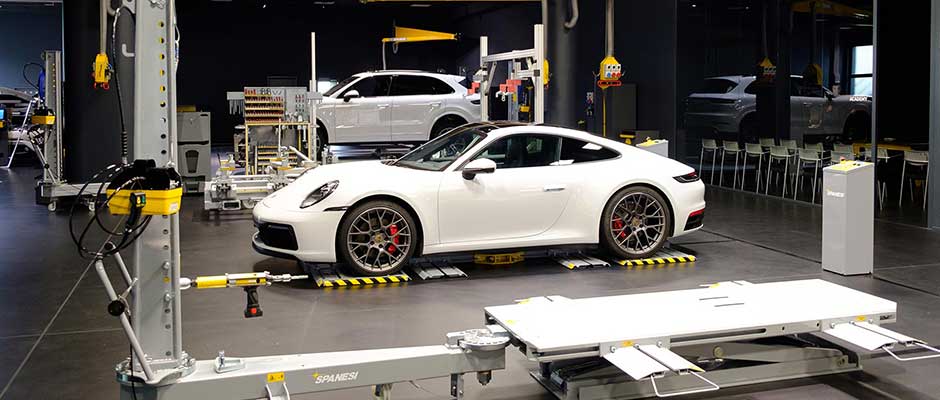
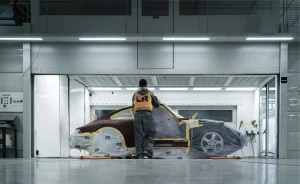

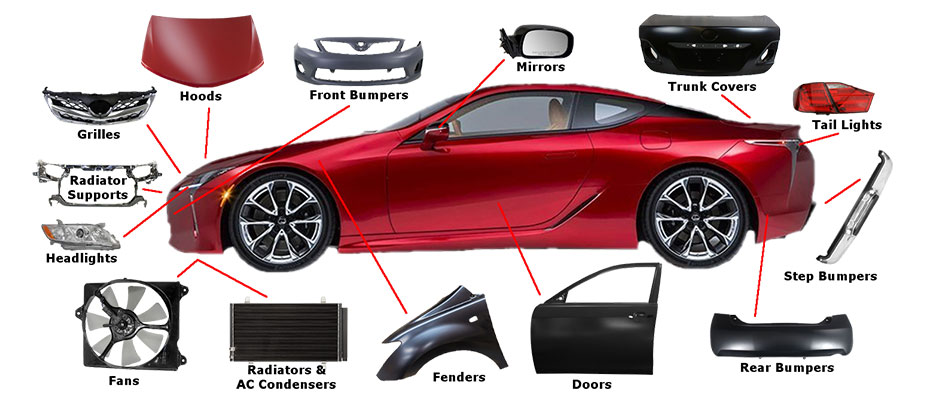
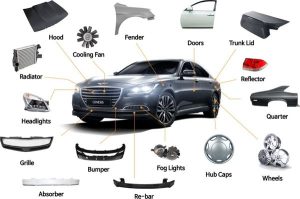
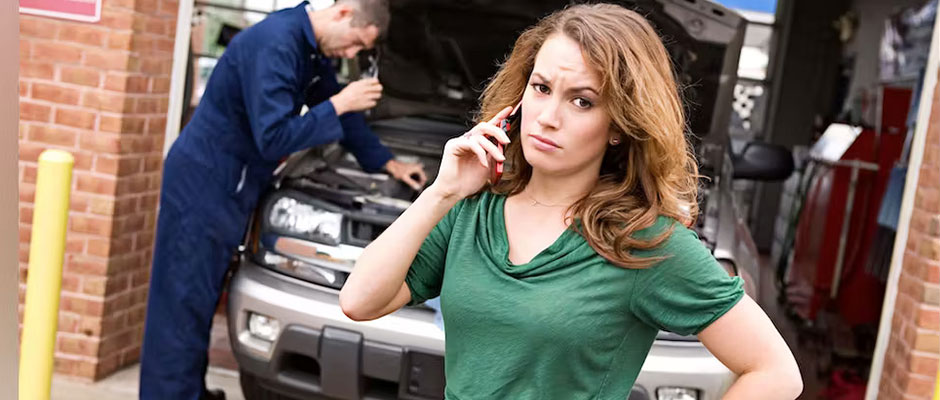
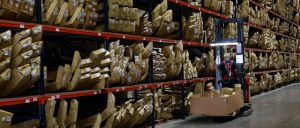
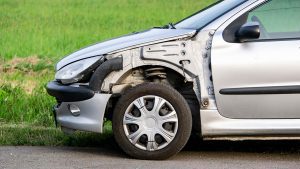

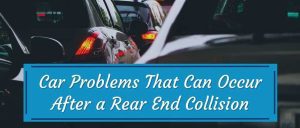

Recent Comments